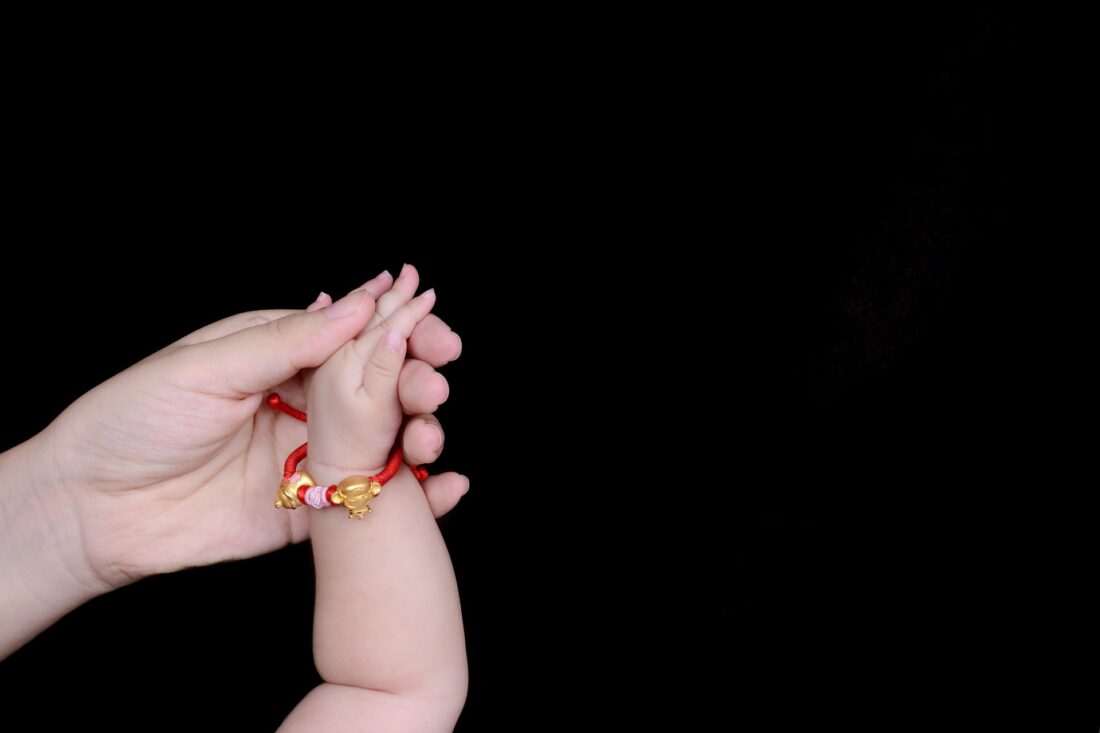Parents Beware: Toy Jewelry Is Not Always Fun
 It’s normal for parents like you always to want the best for their kids. You’d want to give them the best of both worlds—let them experience the joys of childhood and, at the same time, allow them to experience the little quirks and downfalls that will teach them little lessons in life.
It’s normal for parents like you always to want the best for their kids. You’d want to give them the best of both worlds—let them experience the joys of childhood and, at the same time, allow them to experience the little quirks and downfalls that will teach them little lessons in life.
But what parents like you will never want to happen is to put your kids in danger, especially when they are supposed to be enjoying life. If they are supposed to have fun while playing with toys and then hurt themselves, that is unacceptable.
So as parents, it is your responsibility to monitor their activities, even if it is simple as playing. You won’t want to leave them unattended when things can endanger their health. Given this, make sure that the toys and other stuff you will give them are safe to use by children their age.
The Dangers of Toy Jewelry
Toy jewelry can be fun for children. It comes in different colors, sizes, and shapes. They can choose from colorful rings, lovely necklaces, and dainty bracelets. They’re pretty to wear, and kids will love it. Aside from the fact that it will add some accent to your kids’ cute style, they are also toys in essence, which means they can play around. They can mix and match, play, and exchange with their playmates without you fearing that they will lose it. Since these are toys, they are not as expensive as authentic jewelry. You can let your kids wear them any time of the day without you monitoring them from time to time.
The only problem is that toy jewelry can also be toxic to children. The Centers for Disease Control and Prevention (CDC) has warned parents to be careful about toy jewelry. This is because some toy jewelry can contain lead that can be dangerous for your kids.
According to the CDC, wearing these toy jewelry might not cause a high level of lead in your children’s blood. Meaning, your children are not at risk by just wearing them. When your children chew, suck, or swallow any toy jewelry made from lead, that’s something you have to address immediately.
What Is Lead?
Lead is a soft metal that can be dangerous to health when ingested. It does not only cause problems to your children’s health; it also causes death. This is especially true for babies and kids below six years old. According to the Health Assessment Risk Unit of the Minnesota Department of Health, any level of lead is considered unsafe. And while there are no symptoms at the onset, ingesting lead can damage your kids’ brain, kidneys, and even their nervous system. What’s worse, they can also cause slow development and behavioral problems.
Suppose your kids happen to ingest larger amounts of lead. Their symptoms might include abdominal pain, constipation, vomiting, and might even lead to death.
Your Responsibility as a Parent
As a parent, what should you do to prevent them from ingesting lead? Here are some tips:
- Find alternative toys for them: Say you want to let your kids express themselves through their sense of style. You might want to replace their toy jewelry with ones made from non-toxic materials. You can get them colorful Disney-themed silicone rings available with various designs from well-loved Disney animated films. These silicone rings are safer to use, especially for kids.
- If they will use toy jewelry, keep an eye on them: If they love toy jewelry, you have to make sure that they don’t chew or swallow it. Do not let your kids bite, suck, or put these toy jewelry inside their mouths. Hand-to-mouth contact done frequently will lead to a higher risk of exposure to other chemicals. So if you are going to let them play with these toy jewelry, limit their time and keep an eye on them.
- Contact your doctor or your local poison control: In case your kid accidentally ingests lead, consult your doctor right away. They will advise if your kid has to undergo a blood lead test. Remember, no level of lead is considered safe. So,it doesn’t matter how quick or how small the amount of lead your kids has been exposed to.
Just because these toys can contain toxic materials doesn’t mean they don’t have to play with them. You just have to make sure that while they are playing and enjoying, they also don’t get to put themselves in danger. So the goal is for you to monitor them all the time or, at least, give them other safer options to play with. They deserve to play and be safe at the same time.









